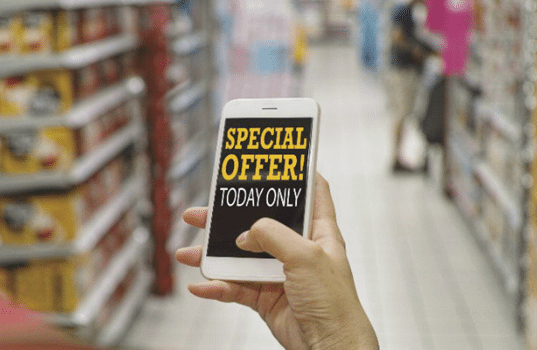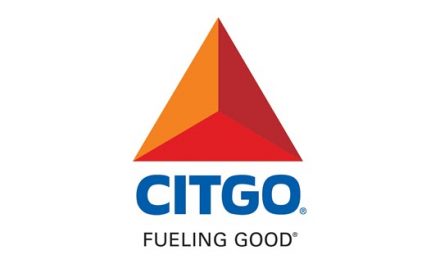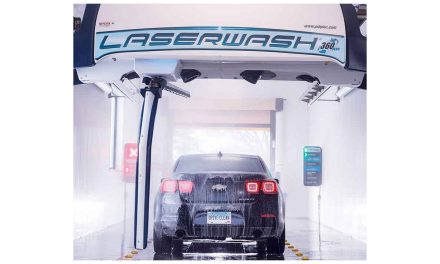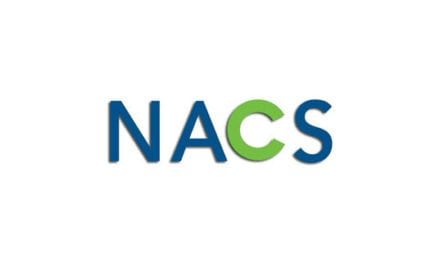Connecting Loyalty and Your Customers
By Maura Keller
Convenience store retailers continually struggle with offering the right mix of products in their stores while enticing consumers to purchase those products. Sure, you can invest in effective point of sale (POS) displays and unique sales techniques, but without offering purchasing incentives and loyalty programming to customers, it is often an uphill battle. That said, loyalty programming is continually reinventing itself, with consumers also redefining what they respond to and what loyalty programs mean to them.
Hand-in-Hand Loyalty
Loyalty programs play a significant role in today’s customer engagement and retention efforts, and they are here to stay. “Retailers realize that it costs around five to ten times more to acquire a new customer than it does to sell to an existing one,” said Don Yee, Vice President at Boston Retail Partners. “Not only that, but on average, current customers spend 67% more than new customers.”
However, building and sustaining customer loyalty at c-stores is extremely challenging, as there are several natural forces impacting customer behavior. As Yee explains, consumers shop at a “convenience store” for its convenient location and the products they offer. It is difficult to get consumers to drive and shop at an inconvenient location.
Another c-store challenge is getting customers to not just “pump and go” for fuel, which offers a low margin, but also to shop for products inside the store.
“C-stores make their money when customers come inside and spend money on high-margin products such as coffee, fountain drinks, snacks, candies and grab-and-go fresh foods,” Yee said. “A well-structured loyalty program that delivers consistent, relevant value to customers can break those natural forces that impact c-stores and drive loyalty to the brand. Doing nothing is making a big mistake, as consumers have numerous choices and prefer to shop with retailers with loyalty programs.”
Loyalty programs at convenience stores are not as prevalent as other retail channels. As Yee said, convenience store shoppers’ participation in c-store loyalty programs lags that of the grocery and drugstore channels, according to two General Mills Convenience & Foodservice research projects.
The research found that:
- 89% of shoppers currently participate in some type of loyalty/reward program across a variety of channels and categories.
- 64% participate in a grocery loyalty program.
- 52% participate in a drugstore/pharmacy loyalty program.
- 35% of shoppers participate in a c-store or gas station loyalty program.
While Outsite Networks pioneered the architecture of the original Speedway loyalty program in 2002 – 2003, Anton Bakker, Founder of Outsite Networks, has never seen the market so peeked at loyalty as today.
“My advice is to ‘chase the consumer, not the competition,’ ” Bakker said.
While loyalty segmentation criteria are derived from each consumer’s shopper history, it is key to know that not all shoppers have the same loyalty levels. At Outsite Networks, they monitor millions of loyalty shoppers and maintain numbers on the top, middle and bottom tier of loyalty members.
“When looking at the averages of the tiers, we can see a vast difference in loyalty value at the pump and in the store,” Bakker said.
Taking a deeper dive in shopper segmentation, you have to look at the details of basket level purchases and basket level history. “Any loyalty system these days should be able to segment consumers and group them based on their purchase behavior for relevancy,” Bakker said. “Consumers, particularly millennials, expect relevancy of offers and rewards. Gone are the days of treating each shopper equally, they are different.”
According to Yee, loyalty programs that offer deals, coupons, special offers and/or meaningful rewards on products and services that matter most to customers are increasingly influencing where they purchase gasoline, how much they spend and the frequency of visits.
“Loyalty programs that offer cents-off per gallon cash discounts at the pump, deals, special offers and rewards within the store are most appealing to customers,” Yee said. “Fuel discount programs are changing customers’ purchase behaviors, as to where they shop and spend to earn fuel discount rewards, and to where they can redeem their rewards.”
Also, a retailer’s mobile app is an efficient and effective way to communicate, especially with millennials, and to drive in-store traffic to increase sales. “Mobile apps enable customers to receive digital coupons, alerts for special promotions, track point balances, redeem rewards, make mobile payments, find product information and store locations,” Yee said.
Consumer Transactional Behavior
Gray Taylor, Executive Director of Conexxus, believes the next iteration of loyalty programs is going to be: “How can I get very specific about what my customers are telling me they are interested in?” And that is going to require a lot of deep data analysis.
Conexxus is a non-profit, member-driven technology organization dedicated to the development and implementation of standards, technologies innovation and advocacy for the convenience store and motor fuels market.
“Let’s say an average store is getting 10,000 customers per week,” Taylor said. “The question to ask is, ‘How do I deal with identifying those 1,000 customers who are always in my store? How to offer them better value, not necessarily better discounts?’ ”
Tracking transactional behavior has long been a focus at Outsite Networks.
“Some like coffee some prefer fountain drinks, others prefer energy drinks or some like water,” Bakker said. “Create offers and rewards that fit their behavior.”
(Cont. Next Page/Click Below)









